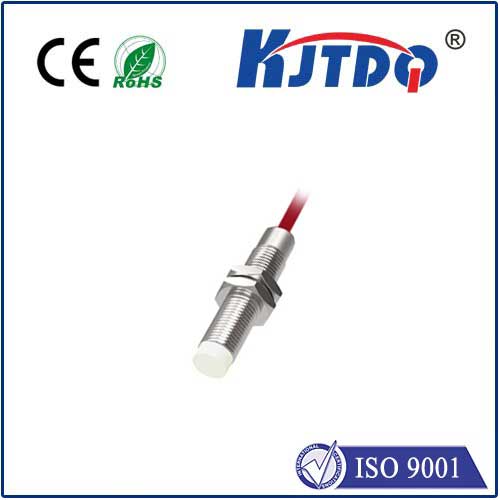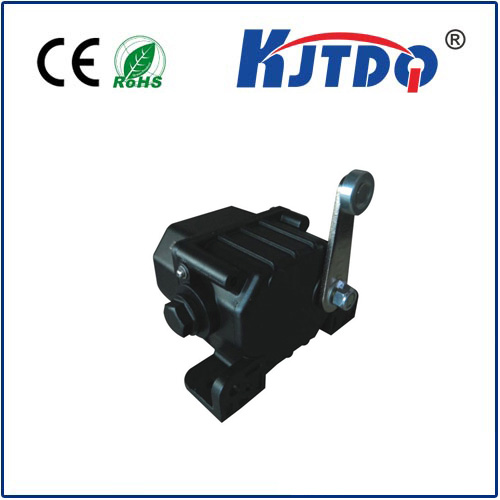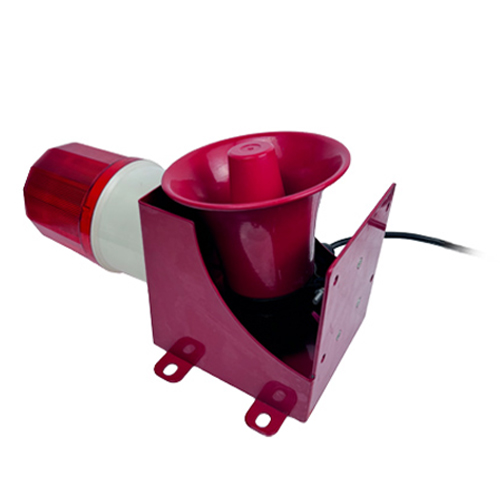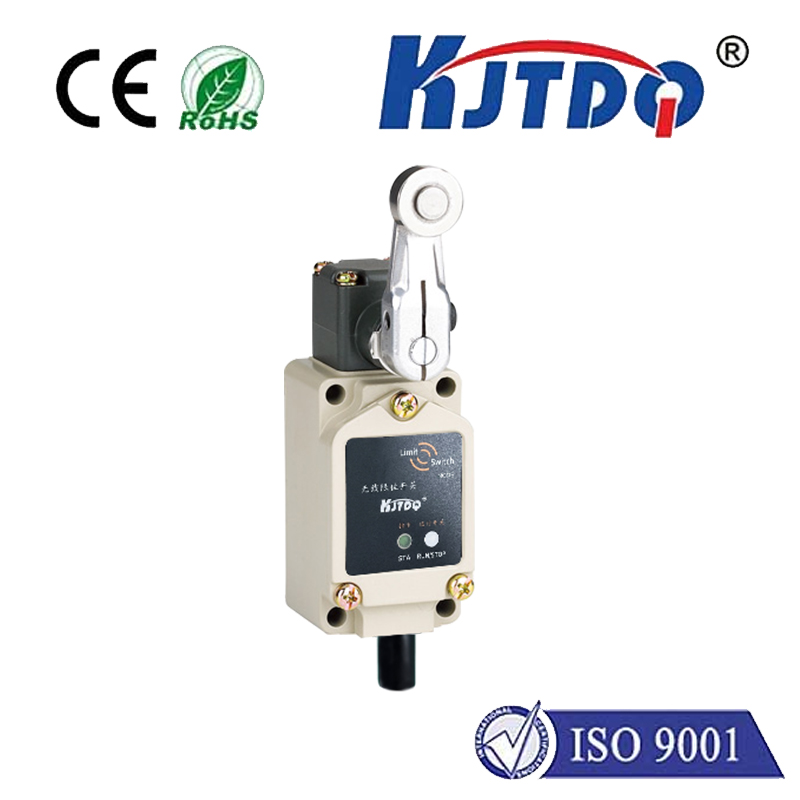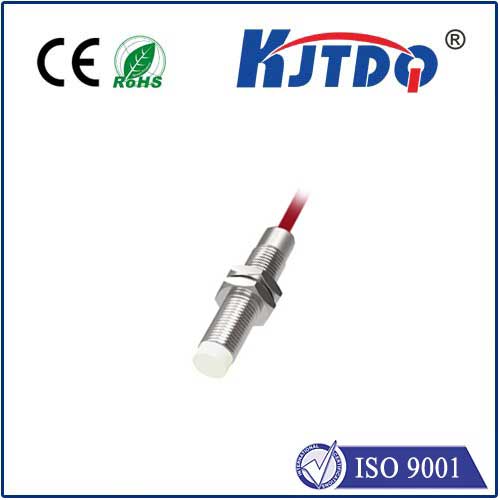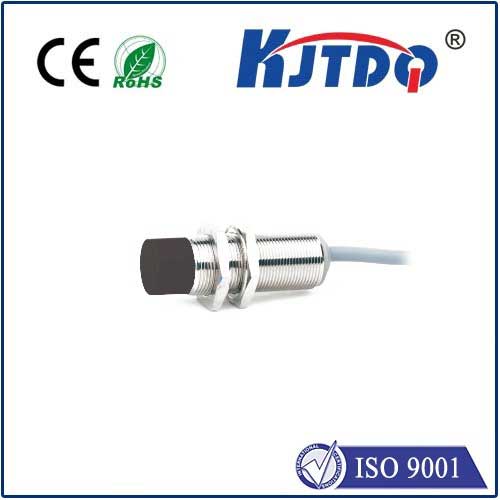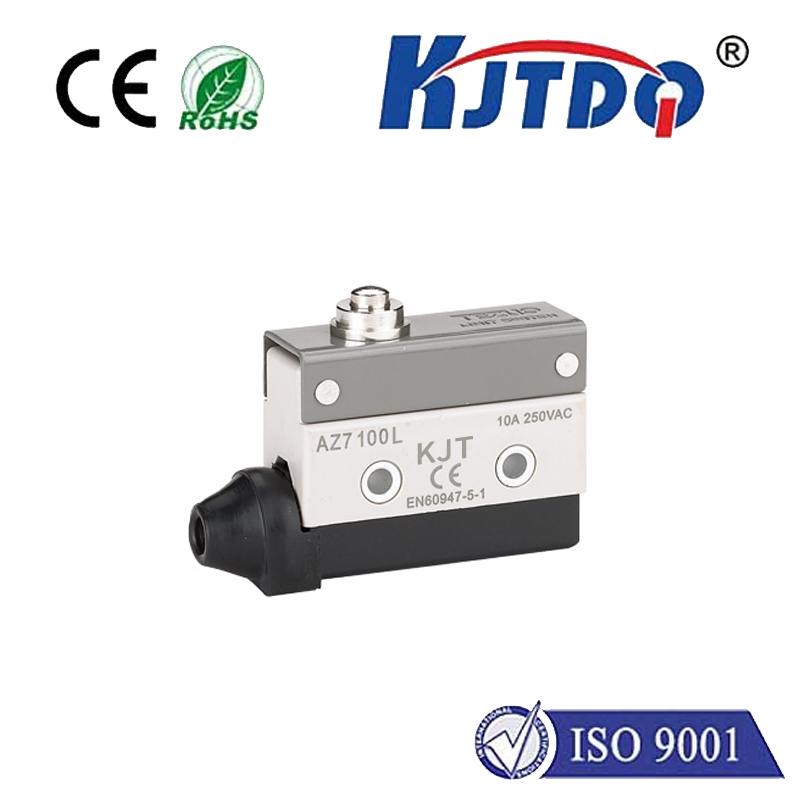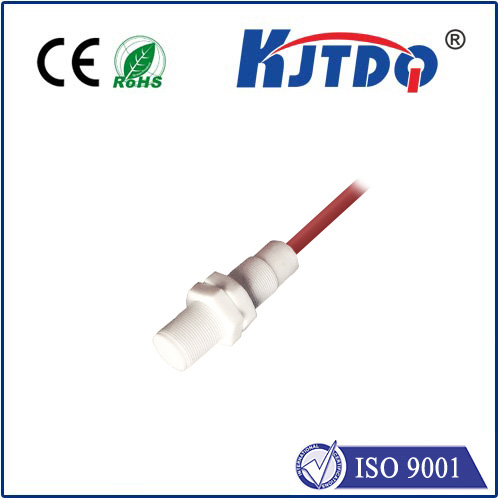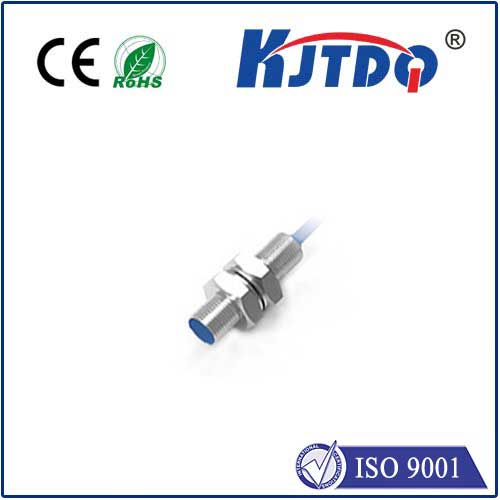
E3RB-TP21 Photoelectric Sensor: A Comprehensive Guide In the rapidly evolving field of automation and sensing technology, photoelectric sensors have become indispensable tools for a variety of industries. Among these, the E3RB-TP21 photoelectric sensor stands out as a reliable and versatile option, designed to meet diverse application needs with precision and efficiency. This article delves into the key aspects of the E3RB-TP21 photoelectric sensor, shedding light on its technical specifications, applications, and benefits. Technical Specifications of the E3RB-TP21 Photoelectric Sensor The E3RB-TP21 photoelectric sensor boasts several impressive technical features that make it an ideal choice for various industrial applications. With a detection distance ranging from 30mm to 2000mm, this sensor can cater to both short-range and long-range requirements. Its response time of just 2ms ensures quick reaction to changes in light conditions, making it suitable for high-speed operations. Additionally, the E3RB-TP21 is designed to function across a wide temperature range of -25°C to 75°C, ensuring reliability in diverse environmental conditions. Another notable feature of this sensor is its power supply options. The E3RB-TP21 operates at a voltage range of 10 to 30VDC, providing flexibility in integrating it into different systems. Moreover, its IP67 rating offers protection against dust and water ingress, making it durable and suitable for rugged industrial environments. Applications of the E3RB-TP21 Photoelectric Sensor The versatility of the E3RB-TP21 photoelectric sensor opens up a myriad of application possibilities across multiple sectors. In the manufacturing industry, it is widely used in conveyor systems for precise object detection and sorting. Its ability to accurately sense objects even through non-transparent materials makes it valuable in packaging machinery for quality control and monitoring processes. In the automotive industry, the E3RB-TP21 proves essential in assembly lines where it aids in aligning parts and verifying component presence or absence. This not only enhances productivity but also reduces human error, ensuring higher quality outputs. Furthermore, in the logistics and warehousing sector, this sensor plays a crucial role in automated storage and retrieval systems (AS/RS). It helps in tracking inventory levels and managing stock more efficiently by detecting the presence or absence of items in real time. Benefits of Using the E3RB-TP21 Photoelectric Sensor One of the primary benefits of the E3RB-TP21 photoelectric sensor is its enhanced accuracy. By providing consistent and reliable detection over a broad range, it minimizes false readings and errors, leading to improved operational efficiency. Its quick response time also contributes to faster cycle times, which is critical in high-throughput production environments. Additionally, the durable design of the E3RB-TP21 makes it a cost-effective solution in the long run. Its robust construction ensures longevity and reduced maintenance costs, even in harsh industrial settings. The sensor’s adaptability, thanks to its wide operating temperature range and power supply flexibility, further adds to its appeal as a versatile solution for various applications. Выводы In conclusion, the E3RB-TP21 photoelectric sensor stands as a testament to advancements in sensing technology, offering unparalleled performance and reliability. Its comprehensive technical specifications, extensive application possibilities, and significant benefits make it a preferred choice among industries seeking efficient and accurate automation solutions. Whether in manufacturing, automotive, or logistics, the E3RB-TP21 continues to set a high standard for photoelectric sensors, driving innovation and productivity forward
